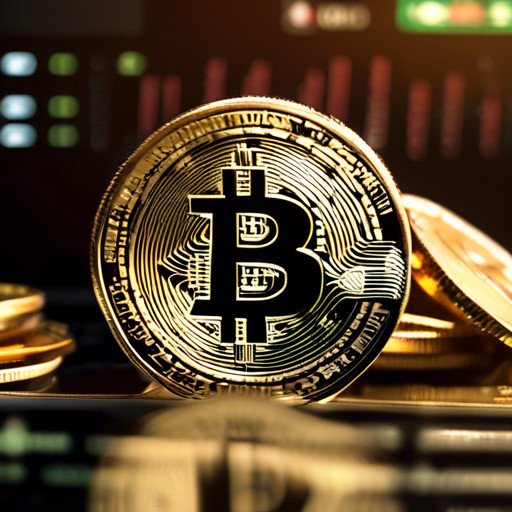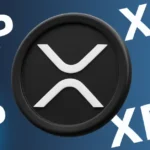Mt. Gox, the infamous cryptocurrency exchange that filed for bankruptcy in 2014, has finally begun the process of repaying its creditors, marking a significant step towards resolving the long-standing crypto debts. After years of legal battles and uncertainty, the rehabilitation plan approved by the Tokyo District Court has paved the way for the distribution of assets to the thousands of creditors affected by the exchange’s collapse. This development brings hope to those who lost their investments in the Mt. Gox debacle, as they may finally receive some compensation for their losses. The repayment process is expected to be complex and time-consuming, but it represents a crucial milestone in the efforts to address the aftermath of one of the most significant incidents in the history of cryptocurrency.
Mt. Gox, the once-dominant player in the cryptocurrency exchange market, has initiated the repayment procedure to address the outstanding crypto debts owed to its creditors, signaling a pivotal move towards resolving the financial aftermath of its collapse. Following the approval of the rehabilitation plan by the Tokyo District Court, the distribution of assets to the affected parties has commenced, offering a glimmer of hope to those who suffered losses in the wake of the exchange’s demise. This significant development marks a crucial step in the protracted journey to address the repercussions of one of the most notable events in the realm of digital currency, as the process of repaying creditors begins to unfold.
Debt Repayments in Crypto
Following the Rehabilitation Plan, the collapsed crypto exchange Mt. Gox has initiated the process of repaying its debts to creditors using Bitcoin (BTC) and Bitcoin Cash (BCH). The repayments are being facilitated through designated crypto exchanges, and some rehabilitation creditors have already received their repayments. The Rehabilitation Trustee has confirmed that on July 5, 2024, repayments in Bitcoin and Bitcoin Cash were made to a portion of the rehabilitation creditors through the designated cryptocurrency exchanges, in accordance with the Rehabilitation Plan. This marks a significant step in the long process of addressing the fallout from the collapse of Mt. Gox, providing some relief to the creditors who have been waiting for repayment.
However, the repayments to the remaining rehabilitation creditors are subject to certain conditions that need to be met. These conditions include verifying the validity of the creditor accounts, ensuring their acceptance of the intent to subscribe to the Agency Receipt Agreement by designated crypto exchanges, and finalizing discussions regarding the repayment procedures between the Rehabilitation Trustee and the exchanges. Once these conditions are fulfilled, the remaining creditors can expect to receive their repayments promptly. This development is a crucial part of the Rehabilitation Plan and represents a significant milestone in the efforts to address the aftermath of the Mt. Gox collapse.
Repayment Procedures and Security
As the process of debt repayments to creditors via select crypto exchanges unfolds, it is essential to ensure that the procedures are carried out safely and securely. The discussions between the Rehabilitation Trustee and the designated crypto exchanges regarding the repayment procedures play a vital role in this regard. These discussions are aimed at establishing the necessary protocols and mechanisms to facilitate the smooth and secure transfer of Bitcoin and Bitcoin Cash to the creditors. Additionally, the exchanges must confirm the validity of the creditor accounts and ensure that the creditors accept the terms outlined in the Agency Receipt Agreement.
Furthermore, the use of designated cryptocurrency exchanges for the repayments adds an extra layer of security to the process. By utilizing established and reputable crypto exchanges, the risk of potential security breaches or unauthorized access to the repayments is minimized. This approach not only safeguards the interests of the creditors but also contributes to building trust and confidence in the overall rehabilitation process. As the discussions between the Rehabilitation Trustee and the exchanges are finalized, the focus remains on executing the repayment procedures in a manner that prioritizes the security and integrity of the transactions, ultimately benefiting the creditors and the broader crypto community.
| Date | Event |
|---|---|
| 2014 | Mt. Gox files for bankruptcy after losing 850,000 bitcoins |
| 2018 | Creditors approve a rehabilitation plan for Mt. Gox |
| 2020 | Mt. Gox begins repayment to creditors |
RESULT
Mt. Gox, the infamous cryptocurrency exchange that filed for bankruptcy in 2014 after losing 850,000 bitcoins, has taken a significant step towards resolving its debts by beginning the repayment process to creditors. This marks a crucial development in the long-standing saga of Mt. Gox’s collapse and offers hope for creditors to recover some of their lost assets.




